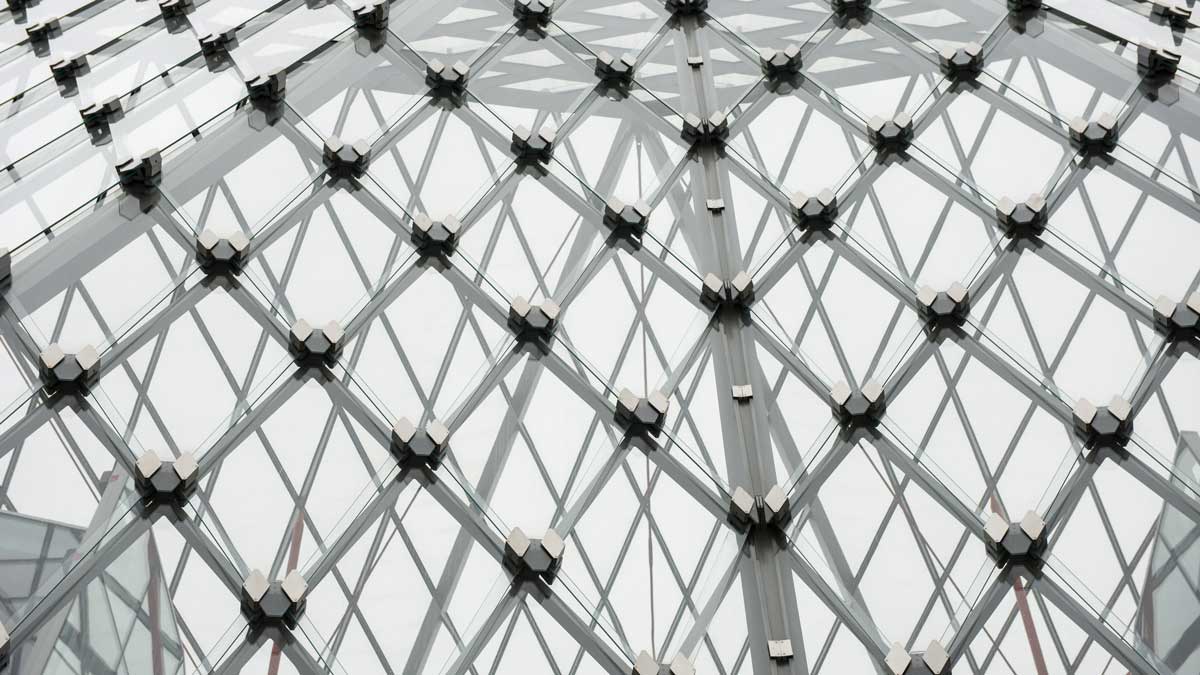The built environment, which consists of construction plus real estate, represents almost $6 trillion in U.S. GDP per year. It is the largest industry in the U.S. Compared to industries such as automotive, aerospace, and manufacturing, however, construction lags significantly in productivity growth and R&D spending. Are we falling behind the innovation trajectory of other industries? What are the reasons our industry has struggled to evolve with respect to productivity? Is technology keeping pace in AEC? While the industry works to tackle these questions and issues, there are many firms experimenting and pushing the envelope in compelling ways. In the realm of structural engineering, innovation is occurring at the grass roots level by professionals who are exhilarated by technology and continually incorporating creative new ideas. The following are seven key areas where innovation in structural engineering is driving evolution: integrated digital platforms; advanced model-based deliveries; integration of multiple services with core structural engineering; sustainable design; performance-based design in seismic, wind, and fire; and use of new materials and high-performance fabric.
LEARNING OBJECTIVES
After reading this article, participants should be able to:
- Explain how structural engineers are using technology and collaboration to provide innovation in the built environment, including the integration of specialty services, such as threat and risk assessment and mitigation to protect occupants, and designs to resist extreme loadings, protection from blast, progressive collapse, and other potential threats creates more holistic design solutions.
- Identify the seven key areas where innovation in structural engineering is driving the technological evolution, including Performance-based Design in seismic, wind and fire (PBD wind approach allows for the evaluation of safety, performance level, building drift, and occupant comfort.)
- Differentiate between conventional 2D drawing delivery and 3D advanced model-based delivery.
- Understand the role that embodied carbon plays in construction and its negative impact on the environment, and consider the importance of quantity tracking and material choice in sustainable design.









